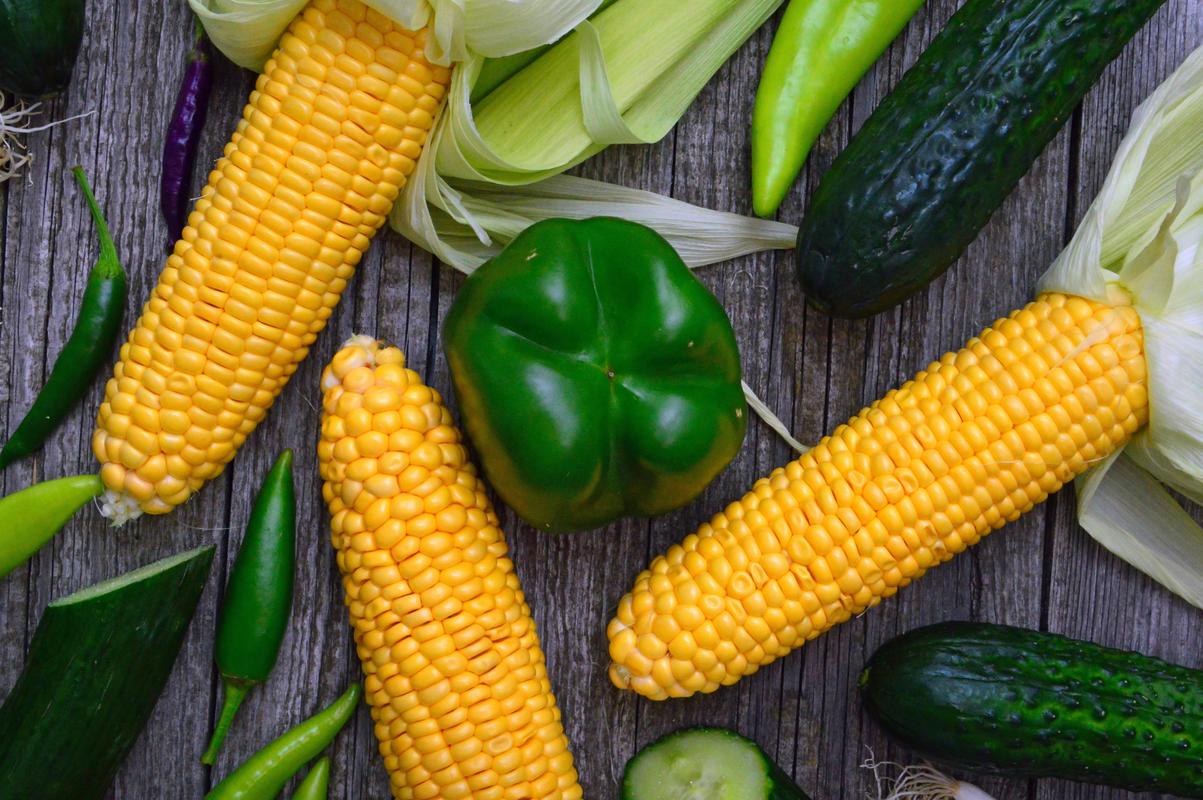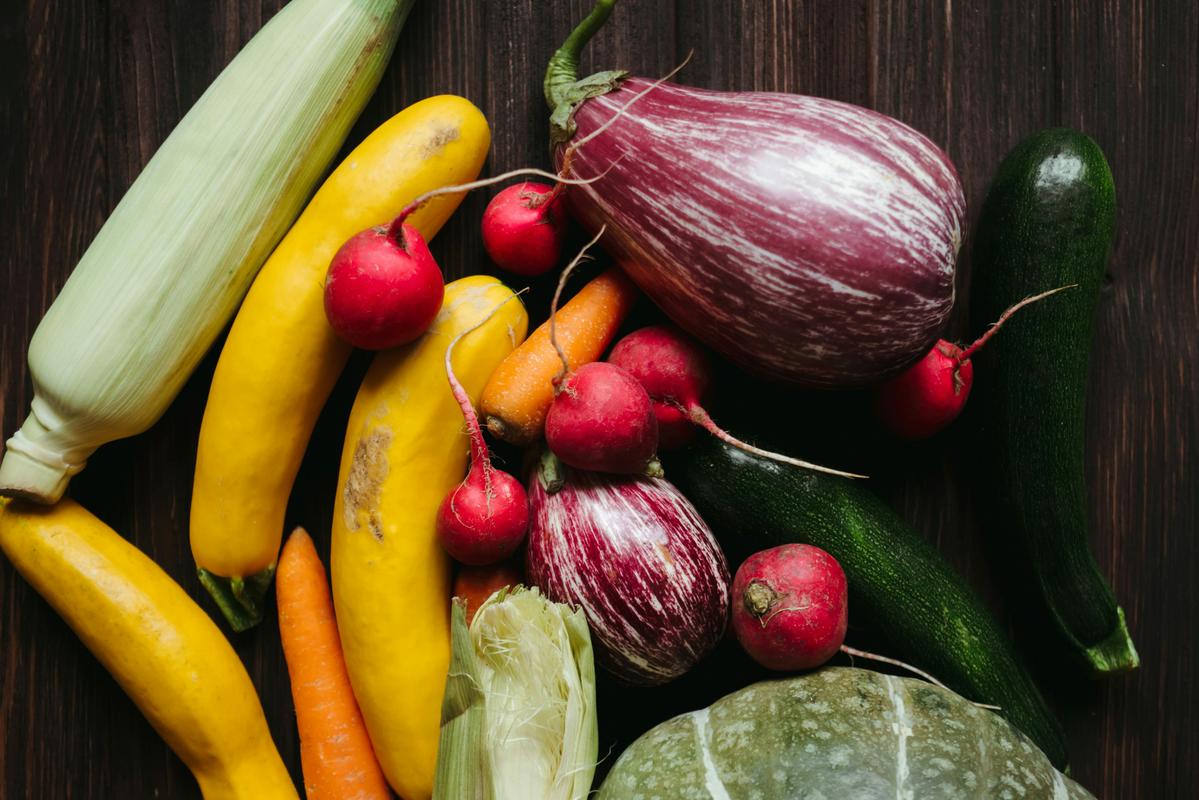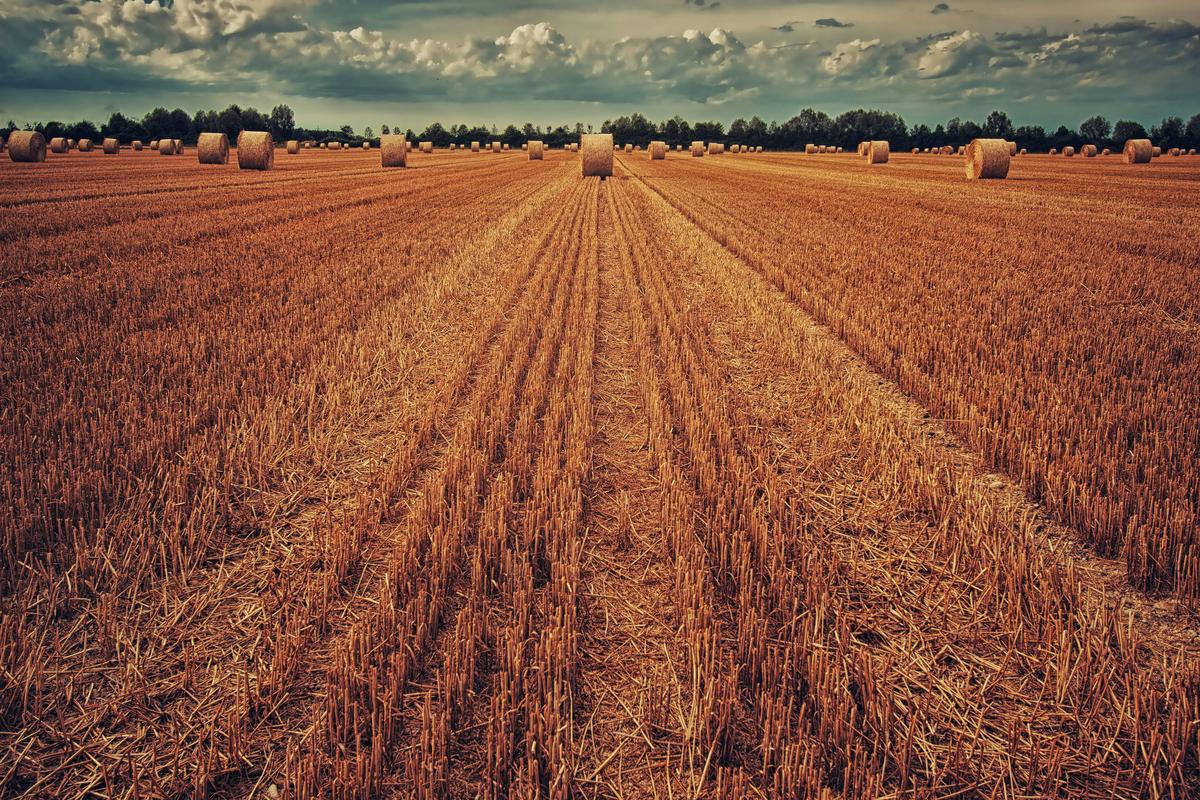Introduction to Regenerative Agriculture Practices: A Path to Sustainable Farming
Farming has long been the backbone of our society, providing the sustenance we need to thrive. Yet, the traditional agricultural practices of the past have taken a toll on our environment, depleting soils, polluting waterways, and contributing to climate change. But a growing movement is challenging this status quo, offering a more sustainable path forward: regenerative agriculture.
At the heart of regenerative agriculture lies a fundamental shift in mindset. Instead of viewing the land as a resource to be exploited, practitioners see it as a living, breathing ecosystem to be nurtured and restored. By adopting a range of conservation practices, farmers can revitalize their soils, reduce their environmental impact, and even help mitigate climate change.
Think about the power of forested buffers, which can remove nearly a ton of carbon dioxide per acre annually. If the Chesapeake Bay states meet their commitment to implement 190,500 acres of these buffers, the impact would be staggering – removing more than 173,000 metric tons of CO2 each year. And the benefits extend beyond carbon sequestration, with these buffers also filtering out nitrogen, phosphorus, and sediment before they reach our waterways.
Equally impressive are the findings on rotationally grazed pastures. A study in the Bay watershed revealed that farms transitioning to this practice saw average reductions of 42% in net greenhouse gas emissions, 63% in nitrogen pollution, 67% in phosphorus, and 47% in sediment. By working in harmony with nature, these farmers are able to boost productivity while dramatically reducing their environmental footprint.
The road to sustainable farming is paved with innovative techniques like continuous no-till, diverse crop rotations, and strategic use of cover crops. These practices not only build soil health and resilience but also reduce the need for costly and polluting inputs. As more farmers embrace this holistic approach, the potential for positive change is immense.
Regenerative agriculture is not just a trend – it’s a revolution in the making, one that holds the promise of a future where farming and environmental stewardship go hand in hand. By harnessing the power of nature, we can cultivate bountiful harvests while healing the land that sustains us all. 1 2
 Photo by Taryn Elliott on Pexels
Photo by Taryn Elliott on Pexels
Top Innovative Regenerative Agriculture Practices Transforming Modern Farming
Farmers around the world are getting on board with a new way of farming that’s set to change how we grow our food and take care of the land. Regenerative agriculture, a holistic system that combines sustainable innovation with traditional wisdom, is becoming a powerful solution to the big challenges facing modern farming.
At the core of regenerative agriculture is a big shift in mindset. Instead of seeing the land as something to exploit, practitioners see it as a living ecosystem to nurture and restore. By using a range of innovative practices, they’re not only improving soil health and biodiversity but also helping to combat climate change.
A key part of regenerative agriculture is ditching mechanical and physical field treatments like tilling. This approach, known as no-till farming, helps protect the soil’s structure, allowing natural processes like decomposition and nutrient cycling to thrive. When combined with cover crops, this practice can significantly increase soil carbon sequestration, pulling down more than 10% of all human-caused carbon emissions into the soil over the next 25 years.
Regenerative agriculture can keep up similar yields to conventional practices, and in some cases, even boost yields (up to 200%), showing the potential for both environmental and economic benefits.
Another key aspect of regenerative agriculture is integrating livestock into crop production. By carefully managing how animals graze, farmers can boost plant diversity, improve soil fertility, and create a more resilient ecosystem. This holistic approach not only supports land health but also strengthens food security and farmer livelihoods.
As the world deals with the urgent need to tackle climate change and environmental damage, the rise of regenerative agriculture offers a ray of hope. By empowering farmers to be stewards of the land, this innovative approach is changing how we think about food production and our connection with the natural world. 3 4
 Photo by Adonyi Gábor on Pexels
Photo by Adonyi Gábor on Pexels
The Benefits of Regenerative Agriculture Practices for Long-Term Sustainability
Regenerative agriculture offers a promising way forward for sustainable farming practices that can benefit both the environment and society. By focusing on rebuilding soil health and biodiversity, this approach has the potential to reverse the alarming decline in soil capacity that threatens the long-term viability of our food systems.
Soil is the foundation of agricultural productivity, yet conventional farming methods have depleted this precious resource at an unsustainable rate. In fact, experts warn that the United States is losing soil 10 times faster than it can be replenished, with some predicting fewer than 60 harvests remaining. Regenerative agriculture tackles this challenge head-on, using practices that increase soil organic matter and enhance the diversity of soil biota. This not only improves water retention and nutrient cycling but also boosts crop yields by up to 78% compared to conventional methods.
Moreover, regenerative agriculture plays a crucial role in addressing the climate crisis. By storing atmospheric carbon dioxide in the soil, these practices can reverse the agricultural sector’s contributions to global warming. Project Drawdown estimates that regenerative agriculture could expand tenfold by 2050, removing 23 gigatons of carbon dioxide from the atmosphere. This shows the transformative potential of these techniques, which also reduce greenhouse gas emissions through decreased reliance on fossil fuels and synthetic inputs.
The benefits of regenerative agriculture extend beyond environmental sustainability. It can also revive rural communities, preserve indigenous agrarian knowledge, and resurrect family farming – all while providing an additional 1.4 trillion tons of crops on the same amount of land, according to the World Wildlife Fund.
- Regenerative agriculture can store carbon in soil at a rate of 0.4 to 1.2 tonnes per hectare per year.
- Regenerative agriculture practices can increase crop yields by up to 78% compared to conventional methods.
- Regenerative agriculture on 40% of the world’s cropland could save around 600 million tons of emissions.
- Regenerative agriculture practices can increase soil organic matter by up to 3% over 5 years, improving water retention, nutrient recycling, and crop yields. 5 6
How to Implement Regenerative Agriculture Practices on Your Farm
Implementing regenerative agriculture on your farm can be a game-changer, not only benefiting the land but also your wallet. At the core of this approach is a mindset shift - from just maintaining the status quo to actively revitalizing and improving the natural systems that support your crops and livestock.
Regenerative agriculture goes beyond just a set of practices; it’s a holistic framework that aims to continually enhance the overall environment. By cutting back on tillage, mixing up crop rotations, and using cover crops strategically, you can trap carbon in the soil, reversing the worrying trend of carbon buildup in the atmosphere. This not only boosts soil health but also increases your farm’s productivity and potential for growth.
Incorporating regenerative techniques like rotational grazing and composting can further boost these benefits. Rotational grazing, for example, mimics the natural movements of herds, giving the land a chance to rest and recover between grazing periods. Composting, on the other hand, turns organic waste into a nutrient-rich soil amendment, reducing the need for synthetic fertilizers and their negative impact on the environment.
Embracing regenerative agriculture doesn’t mean ditching all modern farming tools. Thoughtful use of integrated pest management (IPM) techniques, like disrupting mating patterns and planting trap crops, can offer sustainable and regenerative advantages by targeting pests without harming helpful insects and organisms. This approach not only protects your crops but also nurtures the delicate balance of the ecosystem.
The journey towards regenerative agriculture may seem challenging, but the rewards are definitely worth it. By rebuilding the biological and chemical processes in your soil, you’re not only securing the long-term sustainability of your farm but also contributing to a more eco-friendly future for generations to come. Take on this transformative journey and see the amazing changes that unfold as your land and your business thrive in harmony with the natural world. 7 8
 Photo by Polina Kovaleva on Pexels
Photo by Polina Kovaleva on Pexels
References
-
“Eight Key Conservation Practices Used In Regenerative Agriculture” - www.cbf.org ↩
-
“Regenerative Agriculture Good Soil Health Limited Potential Mitigate Climate Change” - www.wri.org ↩
-
“Regenerative Agriculture” - www.syngentagroup.com ↩
-
“Regenerative Vs” - www.suterra.com ↩
